There’s been a lot of interest and excitement for the Desert War here at Warlord Games HQ these last few months. With the recent releases of both the gorgeous Italian range (with a lot more on the way -ed.) and the superb A Gentleman’s War Bolt Action starter set, who can blame us? Several new armies are in the works, with people feverishly pouring over army lists to build their 8th Army, Afrika Korps, or Italians. As tempted as I was by the beautiful Sd.Kfz plastic 222 model found in the aforementioned A Gentleman’s War, I chose not to do a DAK army in the end. Instead, I went for something a little more… ‘left field’, shall we say.
The exploits of the British 8th Army and the Deutsches Afrikakorps (DAK) during the Western Desert campaign are legendary. However, it is not the only campaign fought in the deserts of North Africa; further west another key campaign was underway: Operation Torch.
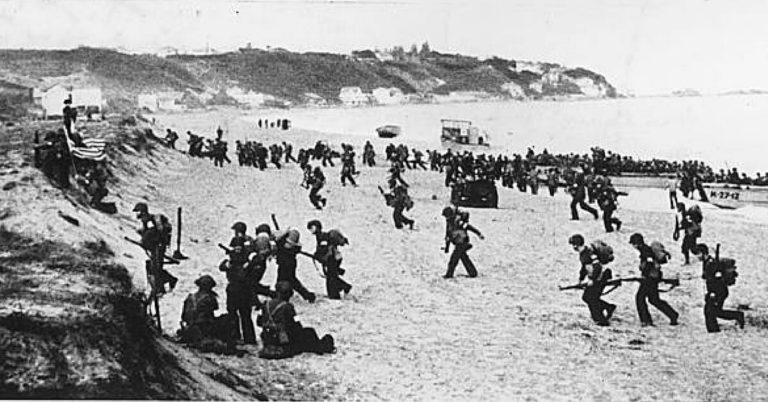
After Japan attacked Pearl Harbor and dragged a reluctant America into the war with Nazi Germany, it was only a matter of time before American soldiers were deployed in Europe. After extensive planning and preparation, that time came in November 1942 when the Allies landed in Morocco and Algeria and the Americans saw combat for the first time. At the initial landings, they mostly fought against stubborn Vichy French defenders, but once they had defeated them and moved into Tunisia, they fought the altogether stronger and more experienced foes – the Italians and Germans.
For our desert war games I wanted an American force that could conceivably fight in Algeria, Tunisia, Sicily, and Italy, so I chose to make my platoon part of the ‘Big Red One’, the US 1st Infantry Division. Moreover, I chose to embrace the key defining feature of the US Army at this point in the war – their woeful inexperience in actual combat. With these two concepts in mind, I looked at the ‘1942 – Operation Torch‘ theatre selector from page 55 of the Armies of the United States book and began planning out my force.
As the concept is that these men were ‘fresh off the boat’ I decided to make the troop quality of everything Inexperienced. It was certainly going to create a challenge for myself playing with such a universally poor-quality army, especially if it ever faces off against an elite Veteran force, but that’s the same challenge these American soldiers faced in 1942. Additionally, as part of the concept of being new to the theatre, I chose to make the platoon as close to the US Infantry TO&E (Table of Organisation and Equipment) as I could. This meant three full twelve-man squads with only a single BAR and SMG in each. At this early point in the war, they had yet to suffer attrition through casualties that would lead to smaller units, nor had they yet learned to adapt and scrounge as many BARs and SMGs for their squads as they could.
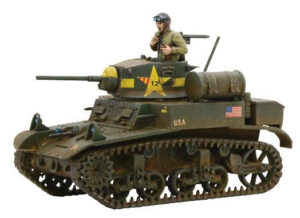
The rest of the platoon was filled out much as you would expect with a light mortar, bazooka, three medium machine gun teams, and medic. One thing I noticed about committing to only choosing Inexperienced troops is it made everything very cheap, to the point where I was eventually struggling to fill 1,000 requisition points from a single reinforced platoon selector. So, for support, I wavered between including the more expensive M3 Lee medium tank (with its idiosyncratic two-gun design) or a cheaper M3 Stuart light tank (with its abundance of medium machine guns). In the end, I opted for the Stuart mostly because, well, I’ve always loved the model. To this, I added a ‘scouting’ element of an M3 White Scout Car and a Willys Jeep. Artillery support is provided by a 105mm M101A1 medium howitzer. However, at this point Marcus (the studio’s resident competitive gamer) pointed out that if I made the artillery Regular instead of Inexperienced, I could actually use a spotter with them. So, since I was struggling to fill my points and I thought the idea of a spotter was cool, I decided to bend my own restrictions and take his advice.
The last thing added was some divisional support in the form of a company captain and an artillery FOO (Forward Observation Officer). Once again Marcus was on hand to point out that if it was an air FOO, The American Air Superiority special rule meant I could use its ability twice instead of just once… so I changed it to an air FOO as that seemed like too good an opportunity to miss.
With my army list complete, I set about planning my purchases, researching painting schemes for such early-war (for the US, anyway!) vehicles and men, and sorting out my painting schedule. To this end, I did one thing that I recommend you consider when planning out your own armies, I split my force into two 500 points halves, with the first 500 points containing all the minimum unit requirements. This way, I can make building the army more affordable – as it’s bought in stages, make the prospect of painting it less daunting – as it’s only half the army at a time, and, as it’s a complete 500 points army, I can be playing smaller games with it while building and painting the second half.
Next time I’ll take you through my modelling and painting process. In the meantime, here are my full 1,000 points army list and the corresponding 500 points ‘mini’ list.
Starting with Desert Warfare in Bolt Action
Desert warfare provides a fascinating focal point on which to focus via the lens of Bolt Action. For those who’ve yet to leap into the theatre (or even the game itself), we’ve got you covered with the brand new A Gentleman’s War starter set, campaign and theatre book supplements and starter armies. With an ever-expanding range, be sure to track your growing collection and wishlists with our handy Desert Warfare Catalogue!
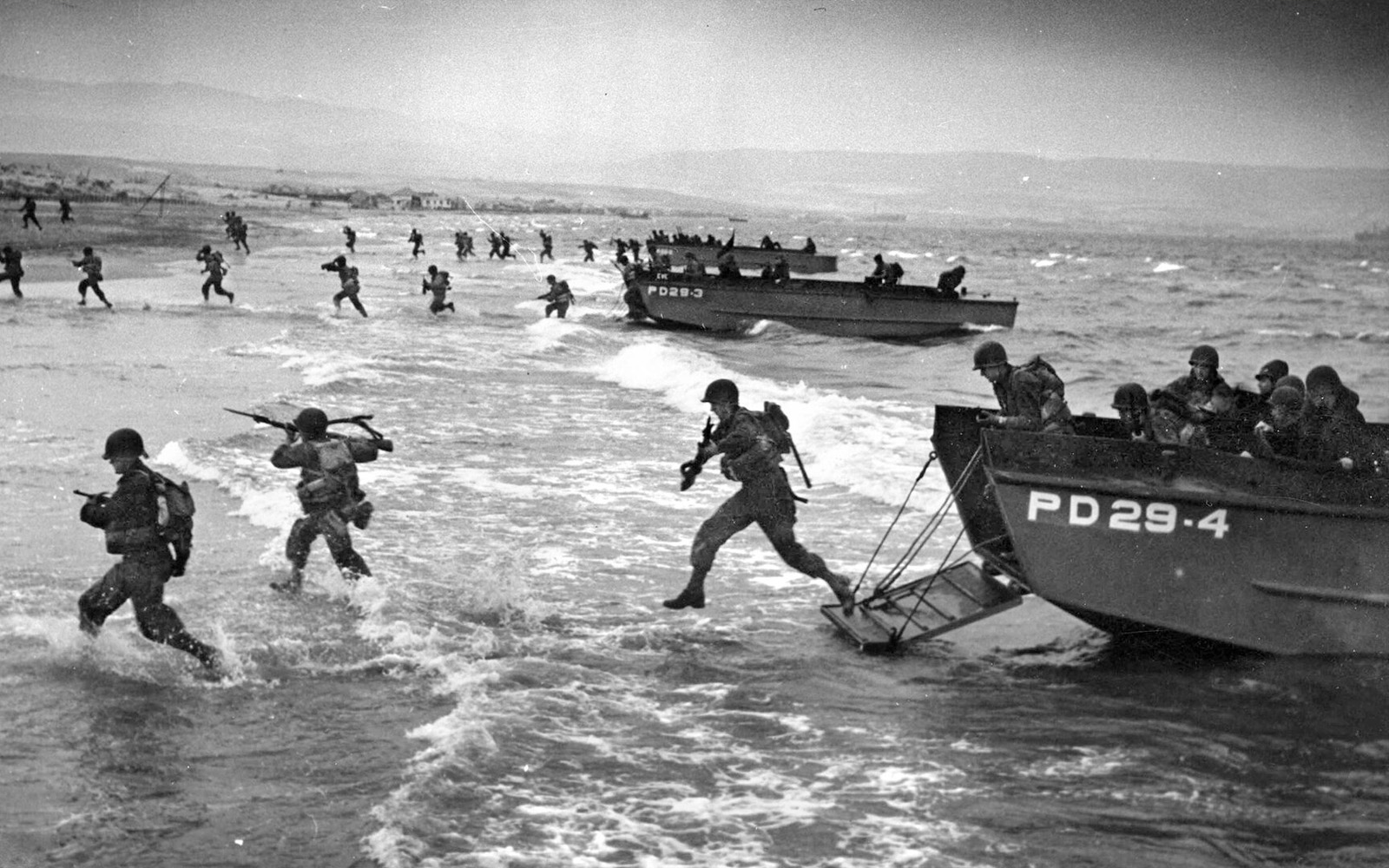
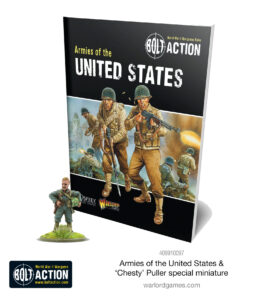
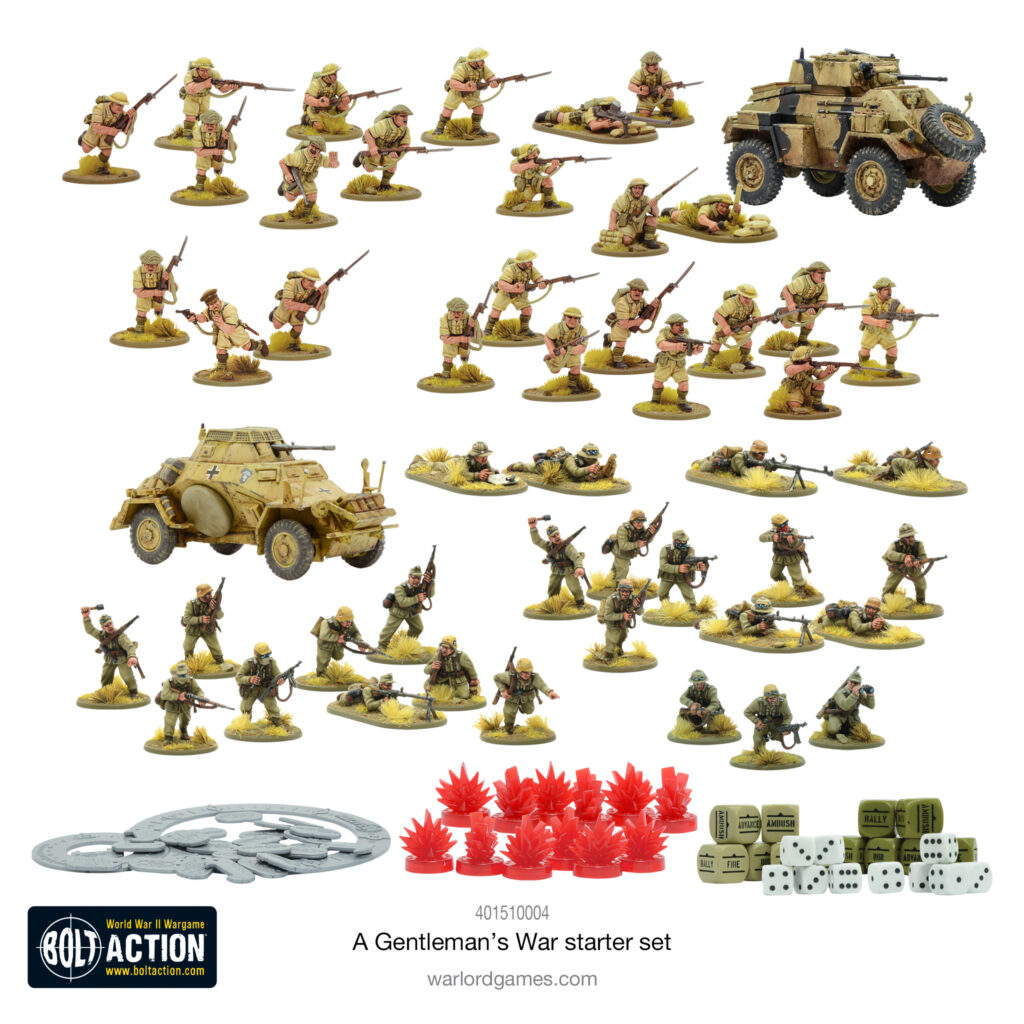
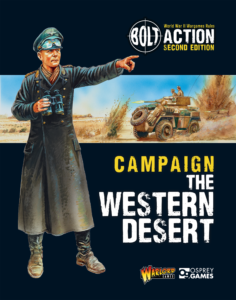
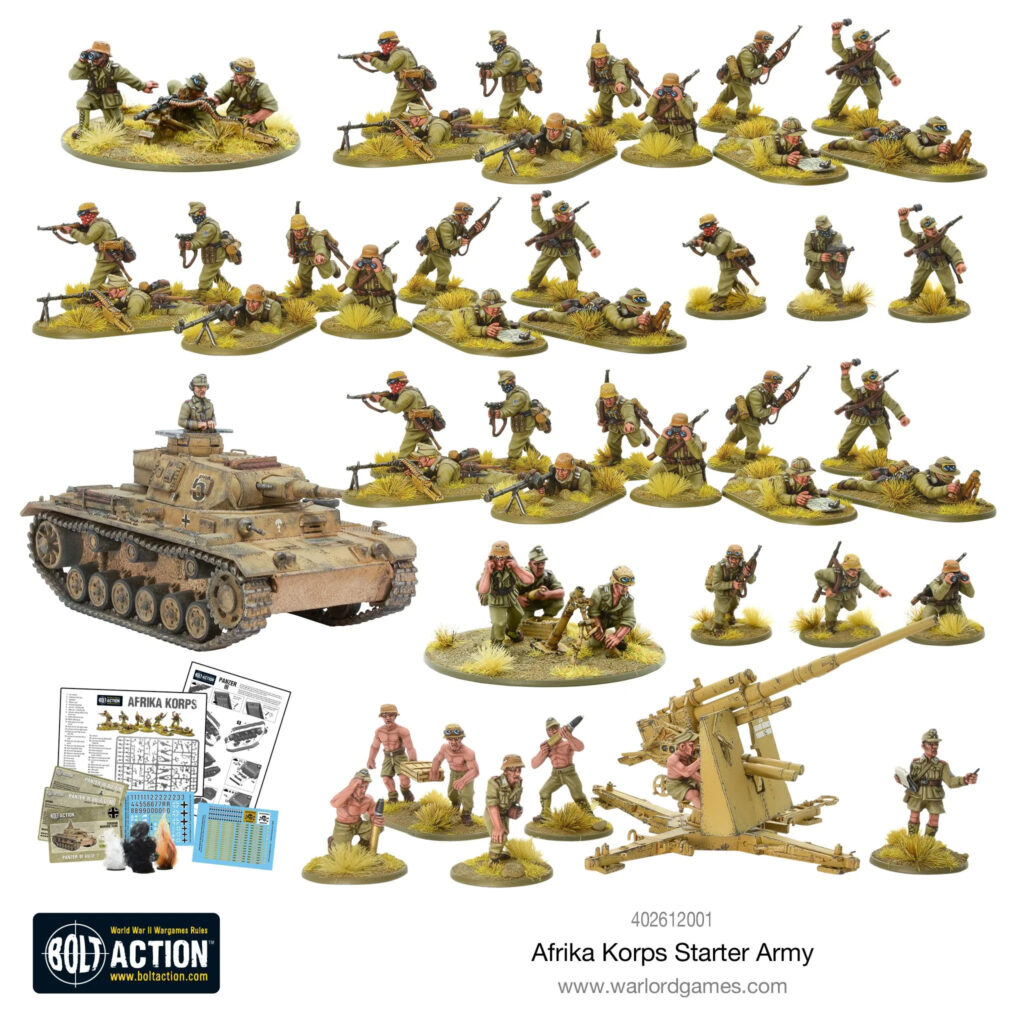
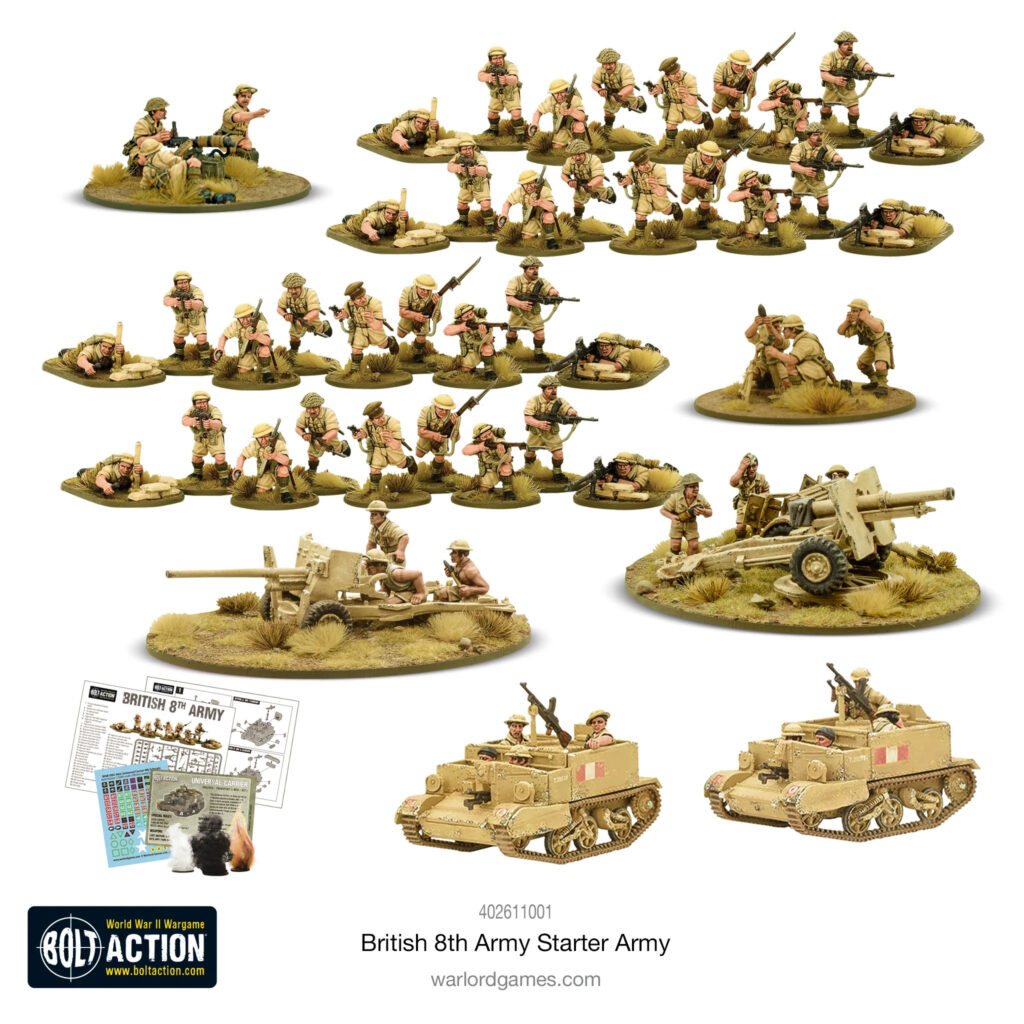
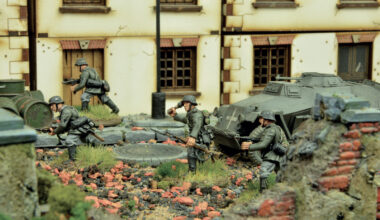
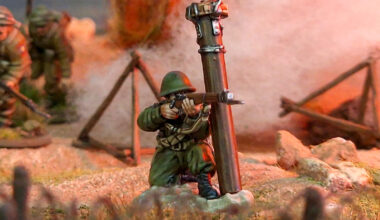
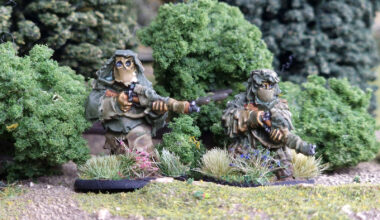
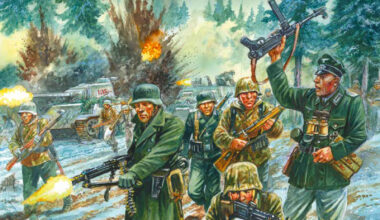
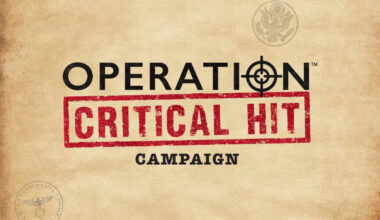
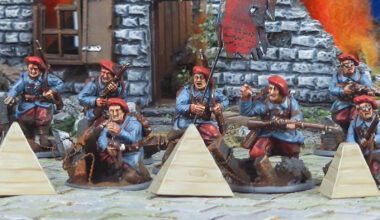
1 comment
When is part 2? I’ve almost painted my 500 points!
Comments are closed.